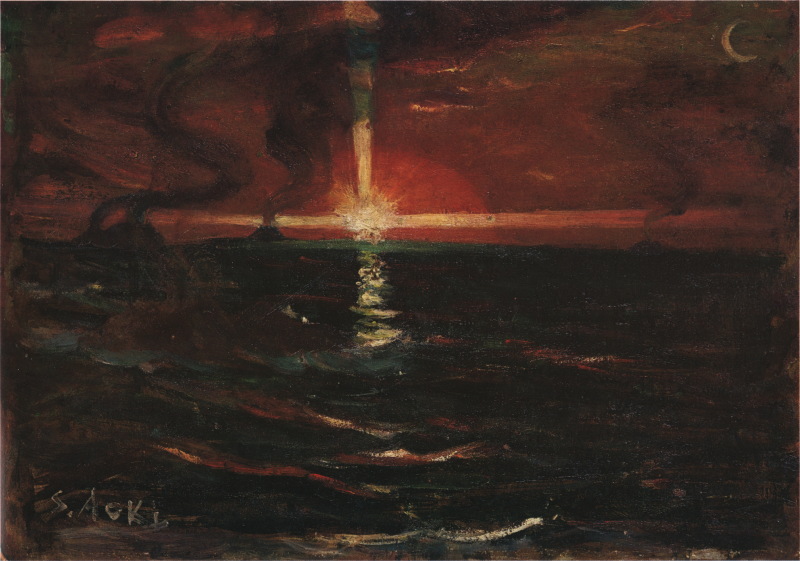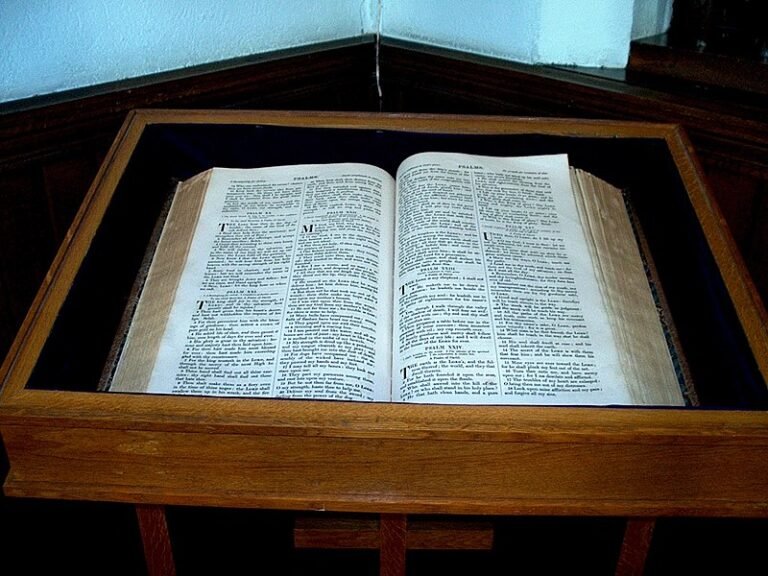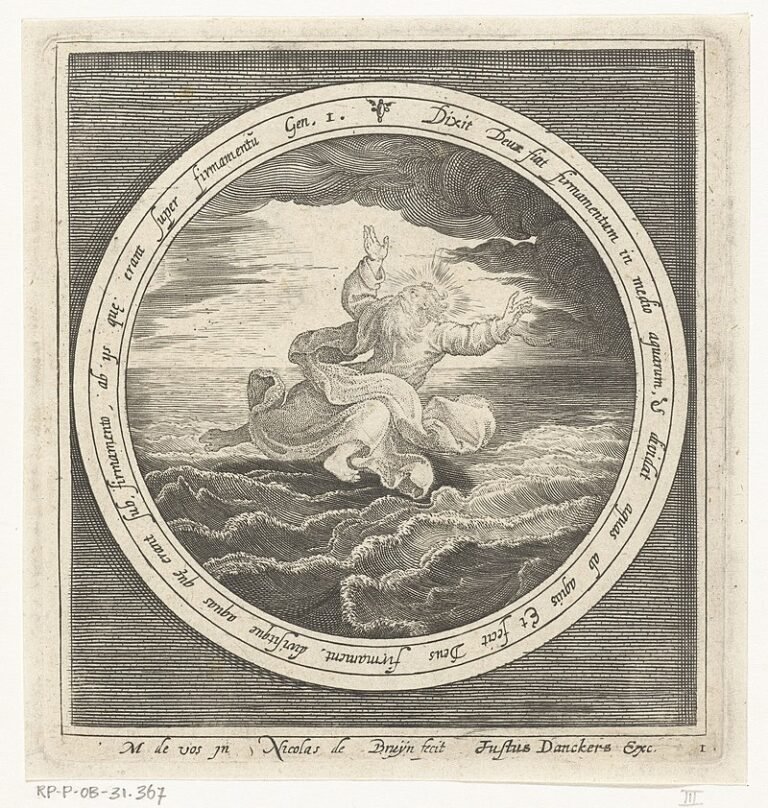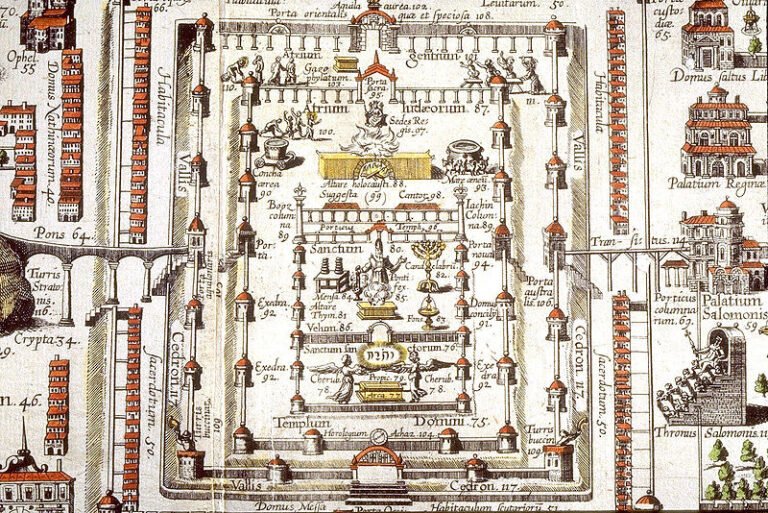TWO (COMPETING?) CREATION STORIES IN GENESIS 1 & 2
6-7 min. reading about 2 accounts of creation in the Bible and why we shouldn’t try to harmonise them.
1 of 4 posts in ‘Genesis’ series.

In the beginning there were two accounts of the same events. And some read them and didn’t even notice.
In the very first two chapters of the Bible, in the Book of Genesis, the story of creation is narrated twice – and with significant differences.
If you ask a random stranger on the street about the biblical story of creation, you’ll likely hear about seven days: first, the light, then everything else, then Adam—the first man—formed from dust, and finally, Eve, created from Adam’s rib as the last and final element of creation before God decides it is all fine and rests on Day 7.
This is mash-up of bits from both chapters, cherry-picked and put together. But it is not what you find in The Book. Many get it wrong from the Beginning.
So, how does it really go?
In Chapter 1 there are the well-known 7 days: light, land, veggies, the sun and the moon, animals and finally on Day 6, mankind, male and female in the image of God. Again: “Male and female in the image of God He created them”. No missing ribs and no space for patriarchal conclusions.
Chapter 2 is not quite the same: after water springs from the ground, all work of creation is sandwiched between Adam and Eve. Once the first man is made from dust, God makes plants grow and puts him in a garden. Since it is not good for Adam to be alone, God creates all sorts of animals, but no suitable companion for the man is found among them. Then God performs the rib surgery and, to Adam’s satisfaction, forms Eve.
Notice also that in chapter 1, everything God creates is good straight away, while in chapter 2 “it is not good for man to be alone” and it takes some time to fix it. Finally, if you read it literally, in the first story light and vegetation are present before the sun happens; in the second man hangs around alone before there’s anything for him to eat.
Now, there are different levels of literal or metaphorical meaning one can apply to this text, and the more one insists on the former, the more trouble one gets.
How was there light before the sun? Well, the sun is not the only source of light in the Universe. And maybe the Sun was created earlier, but only showed up from behind the clouds on Day 4*?
It takes even more creativity when we come to hardline young Earth, literal 7 days views. How do we see galaxies millions light-years away? If the Universe is only some 6,000 years old, their light wouldn’t have enough time to reach us? Oh, it’s simple: God created the stars together with their long light-beams reaching the Earth already.
What about the two accounts in two first chapters? The infamous ‘Big Book of Biblical Difficulties’ is closer to literalism on the spectrum, though it doesn’t take a stand in young Earth vs. old Earth debate. It says there’s no contradiction at all: the second chapter apparently does not say anything about chronology, and so events may be chucked in there according to a different key, namely topical. Chapter 2 is also more concerned with details, while chapter one provides a general outline**. So when in 2:18-19 (NRSV) it says:
Then the Lord God said, “It is not good that the man should be alone; I will make him a helper as his partner.” So out of the ground the Lord God formed every animal of the field and every bird of the air and brought them to the man to see what he would call them, and whatever the man called every living creature, that was its name.’
it is supposed to mean that God actually created animals first, then Adam, and then brought the beasts to him to be named. A popular translation even puts it in the Past Perfect tense ‘Now the Lord God had formed out of the ground all the wild animals’ (NIV) as if anything in the original Hebrew text (besides the story in the other chapter) suggested He had done it before He stated that Adam wasn’t happy alone’.
Let’s just say that if you close your eyes to some things and open your heart to other things, and then add a pinch mental flexibility and intellectual effort you can harmonize both stories and make them work together as one.
But even if you do it, still an important question remains: why didn’t original authors, or indeed God who inspired them, save us the trouble? Why weren’t the discrepancies (ostensible or not) ironed and polished? Why isn’t there just one nicely detailed chronological account? I hope everyone can agree on at least one thing: the first chapters of Genesis were not written by some ancient rabbinic school student in one evening right before the submission deadline. They are compositionally thought through, beautifully compressed into a minimalistic masterpiece heavy with meaning in every single line.
Why then the mess? Is God testing our faith in infallibility of his word? Or maybe the authors didn’t exactly care about the same things we do, and maybe the One who inspired them had some deeper agenda in it? Maybe the people who try make the two stories one are missing some important points? Maybe by trying to save the Bible, or more precisely to save their understanding of the doctrine on Biblical inerrancy they butcher the Bible?
But what can we find there if we take a different approach? Let’s keep going!
*The Big Book of Bible Difficulties, Norman L. Geisler, Thomas Howe, Baker Books 2008, p.30 ** The Big Book of Bible Difficulties, Norman L. Geisler, Thomas Howe, Baker Books 2008, p.35






